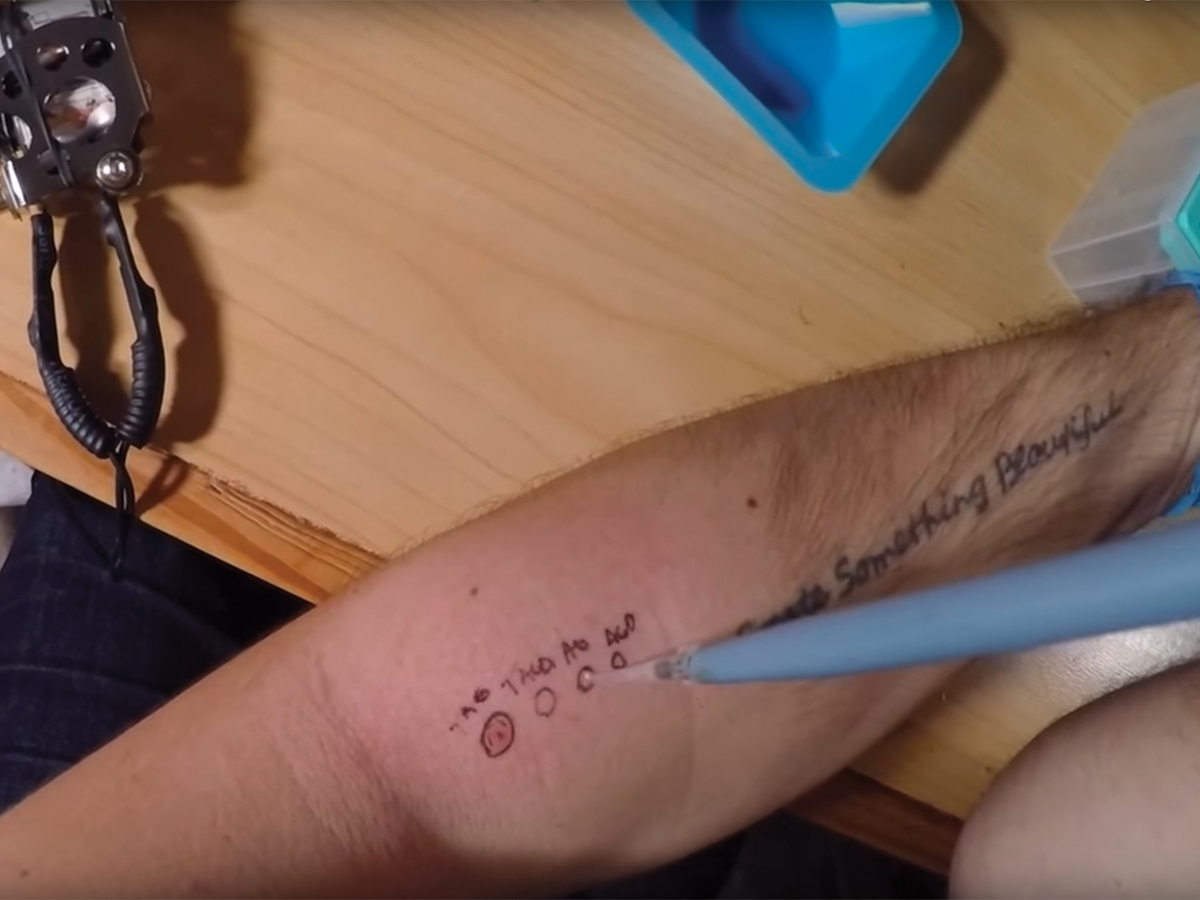
The first annual conference of Please Try This at Home took place in September 2019. At the cross section of biotechnology, body autonomy and anarchy, the conference represents an inclusive group of scientists concerned with using and discussing biotechnology in the hopes of moving the field in a more progressive direction. That being said, it is indeed a solid step in the right direction, especially when one takes into consideration how misunderstood the bioengineering field has become.
To get a sense of the state of bioengineering, a biohacker by the name of Josiah Zayner livestreamed an attempt to splice his DNA to give himself bigger muscles. If it was inserted in the wrong place in his body, or in the wrong place for the code, his DNA could end up producing weakened or ineffective proteins that could affect his body functionality. While that attempt was misguided and Zayner later regretted the stunt, the implication was that this technology should be safe and easy, which is a dangerous and untrue belief to hold. As biotechnology continues to improve, more research and regulation will be needed to ensure the safety of its use.
Ensuring said safety requires a basic understanding of cellular biology, and at its core is the central dogma of molecular biology. Simply put, most genetic material is encoded in DNA, DNA transcribes to RNA and RNA translates to proteins and those proteins are responsible for most functions in the body. Generally, bioengineering works by taking a segment of foreign DNA and inserting it into the rest of the genetic code, resulting in a production of proteins that will carry out a function specific to that DNA code. The described process is extremely complex and delicate, but despite that, genetic engineering has been used to treat Parkinson’s disease and sickle cell disease among others.
That said, genetic engineering has a promising future outside of simple disease treatment. To reaffirm the purpose of Please Try This at Home, genetic engineering could be used for a different form of hormone therapy for transgender individuals. In a mostly speculative procedure, a geneticist could activate the necessary genes responsible for production of a specific hormone. That being said, it is important to keep in mind that this is a hypothetical experiment, and could result in potentially greater health problems later in life. These potential problems necessitate the need for greater experimentation and regulation in order to work out the difficulties.
Experiments in gene editing on a larger scale have already been proposed to fight Lyme disease. Normally, the disease spreads when a tick bites a mouse, followed by that tick biting a human. On Nantucket Island and Martha’s Vineyard, where Lyme disease is particularly virulent, a project called Mice Against Ticks is under consideration, in which mice would be genetically modified to be able to resist and prevent the spread of Lyme disease. Kevin Esvelt, the scientist spearheading this operation is also acutely aware of the potential ecological ramifications of this project, cautiously choosing an isolated island with a low human population and low chances of dispersal if the project goes awry.
Esvelt’s caution in choosing an experimental site calls to mind the dangers of genetic engineering: the long term effects are not yet fully known, and it is understandable to be afraid of something that is not entirely explored. The chances of cascading ecological effects from genetic engineering is as present as the possibility for abuse of genetic engineering via eugenics. Simultaneously, those possibilities are also matched by the potential to eradicate Lyme disease, malaria or leukemia.
The best way to ensure safer practices and better opportunities for the future of genetic engineering is to regulate its practice. Clear distinctions need to be made between “biohackers,” like Zayner and practical, controlled applications like Mice Against Ticks. Genetic engineering could have world changing effects; it just needs to be regulated and perfected.







